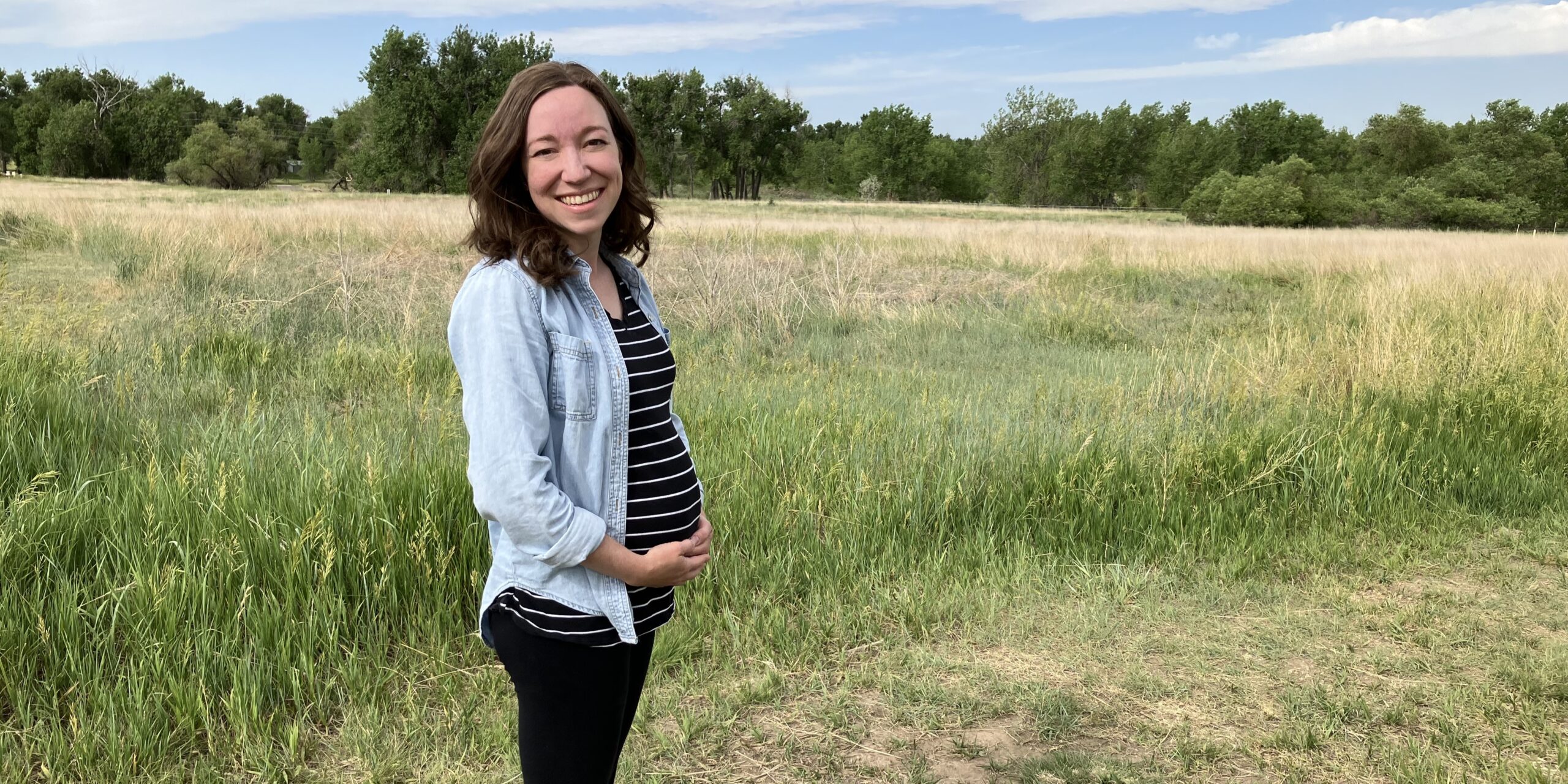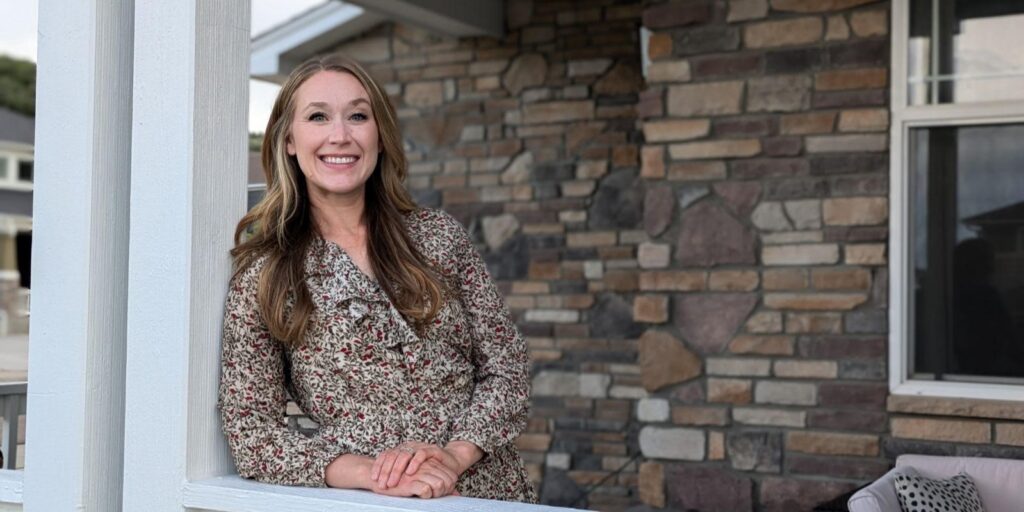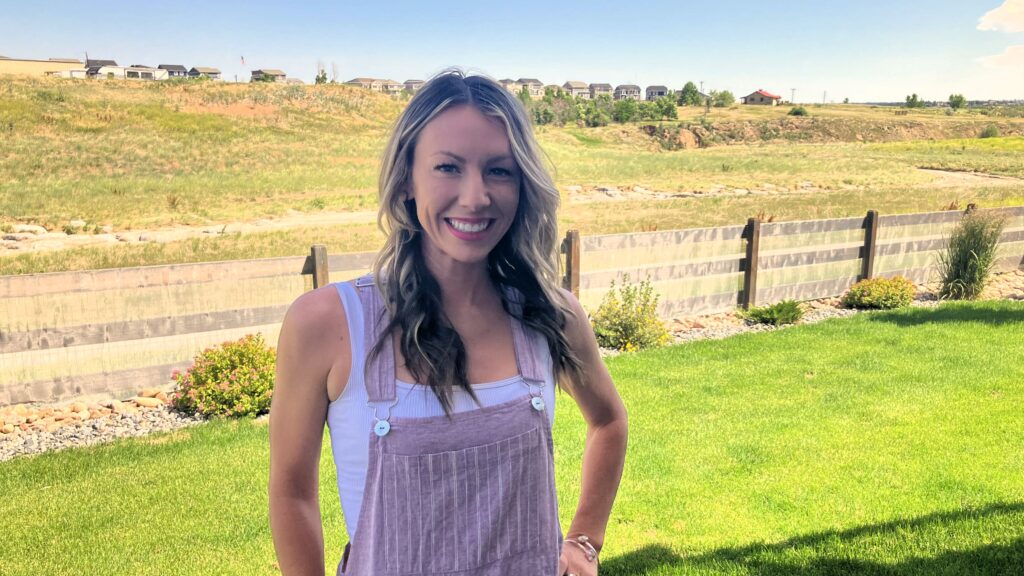I was 29 weeks pregnant when I opened the lab results on my laptop. I had failed my 1 hour glucose tolerance screening test a week prior, and convinced myself it was a fluke, but now the three numbers staring at me in their stark red font color meant that, without a doubt, they were all higher than the normal range. I had Gestational Diabetes (GD).
“But I exercise regularly. My BMI is average. I eat a balanced plant-based diet.” This moment, sitting alone at my computer, was when the thoughts started pouring in unfiltered, my brain rapidly trying to make sense of this unfamiliar diagnosis and understand what this meant not just for my pregnancy and child, but also my sense of well-being and how I viewed my health and lifestyle. As I descended down the internet rabbit hole, worries about the future crept in as well. Will my delivery be complicated? Will my baby have health issues because of this? Does this mean I’ll get type 2 diabetes in the future?
And on top of the thoughts and worries pouring in, came a deluge of unexpected, complex, and wholly negative feelings:
- Embarrassment and shame that my body wasn’t able to do “what is was supposed to”
- Guilt for how much I was struggling with a diagnosis that I knew was temporary and manageable, when I wanted to focus on gratitude for an otherwise healthy pregnancy
- Frustration with the phlebotomist who told me I just “needed to eat less of the good stuff like rice” while she drew my blood for the 4th time that morning
- Anxiety about what lifestyle modifications this would require
- Overwhelmed by the number of appointments I would have to make in the upcoming weeks with dieticians, midwives/OBs, and endocrinologists
All of this before I talked to my provider, or even my husband, about what I had just learned! How quickly thoughts and feelings can rush in and take over! If you’ve ever caught yourself in a similar mental and emotional battle when getting new or unexpected health information, hey girl, I’ve been there too.
During the month following the diagnosis, I learned an incredible amount about GD from amazing, supportive providers, as well as the questionably credentialed “Dr. Google”. I learned that GD affects up to 10% of all pregnancies in the U.S. I learned that the causes are not fully understood, and while lifestyle and genetics can be risk factors in some cases, often the placenta is to blame. That weird and wonderful organ that grows during pregnancy also causes hormonal changes that interfere with the body’s ability to effectively use insulin to manage glucose. This results in high blood sugar. I learned that managing the condition starts with monitoring your blood sugar, typically through a finger prick four times a day, once in the morning and again 1-2 hours after each meal. If the numbers are high, the first line of defense is usually making dietary changes and increasing exercise. If the numbers are still high after these changes, medication like insulin (injections) or metformin (pills) may be considered by the provider.
Understanding the mechanisms of the condition and management strategies certainly helped me move from the “Omg I have this new diagnosis” stage into “let’s do the best I can with the support of my providers and family to manage this, and try to have a healthy pregnancy and delivery”. And despite this mindset shift, I still found myself sliding into some not-so-healthy coping mechanisms. For example, during my first few appointments with providers, I was advised to keep track of my carbohydrate intake and start a blood sugar log. Gathering this information was necessary in order to understand how my body was tolerating different types of foods and to learn about my blood sugar patterns throughout the day. “Great!” I thought. “Something tangible I can do to manage this. If I have the numbers, I’ll be able to control it”. But what I learned about myself is that I can take “tracking numbers” too far. There were actually two times in my pregnancy and post-partum experience that I learned this lesson- once with the GD diagnosis and the other with breastfeeding challenges- but that’s a topic for another day.
When tasked with tracking numbers, I learned that I go to extremes. Tracking glucose levels is a necessary part of managing GD, but I also took it upon myself to track every gram of every macronutrient that entered my body. I was tracking the time I ate, the quantity, when and how long I exercised, how long I slept, any changes to my normal routine and on and on. I’d carry a little notebook around in my purse throughout the day so I wouldn’t miss a single detail, and then I’d carry this information into providers offices in a little notebook and show them as if to say “Look! I’m doing everything perfectly and my body STILL isn’t doing what it is supposed to. It’s not my fault.” It took so much time and mental energy, and didn’t do anything particularly useful for my mental or physical health because it wasn’t the approach I needed to get to the point of acceptance.
I’d find myself unexpectedly bursting into tears during routine appointments, too. I’m not usually a big crier, so this was an indicator to me that despite my best efforts, I still wasn’t doing okay with the emotional side of things. I was guarded and hesitant to talk to friends or coworkers about what I was going through, because I didn’t know anyone else who had experience with GD. Deep down, I believed I should be able to power through something that I mentally decided “shouldn’t be a big deal”. I was trying to separate the mental and physical management of the condition from the emotional experience I was having.
Eventually I began to realize that my over-the-top tracking wasn’t helping. Endlessly researching the condition wasn’t helping. And exercising excessively wasn’t helping. All of these things can be healthy and normal parts of managing GD, in moderation.
On the emotional side of things, what I needed to do, and eventually learned to do, was give myself grace and softness around the experience I was having. I needed to acknowledge and create space for the feelings that were showing up. And on the physical side, I needed to get on a small amount of insulin at night to manage some pesky fasting glucose numbers that didn’t respond to lifestyle changes. I needed to accept the diagnosis for what it was, and also not make it bigger than what it was- a treatable and temporary condition. It was NOT a reflection of my overall health and wellbeing. It was NOT an indicator of my ability to cope with changes in my life as a whole. It was NOT a crystal ball foretelling future health problems. Getting to that point was a lonely process, even with the support of wonderful family, friends, and providers. I learned that above all, I needed to approach my own situation with softness and kindness in the same way I would approach a friend or family member going through something similar.
I’m in the middle of my second pregnancy now, and have been diagnosed with GD again. It’s still not easy or enjoyable, but this time, it feels more manageable and much smaller in the grand scheme of things. I find that I’m more accepting of support, more open to talk about my experience, and I feel much more at peace with the process as I take a gentler approach and lead with self-compassion this time around.




